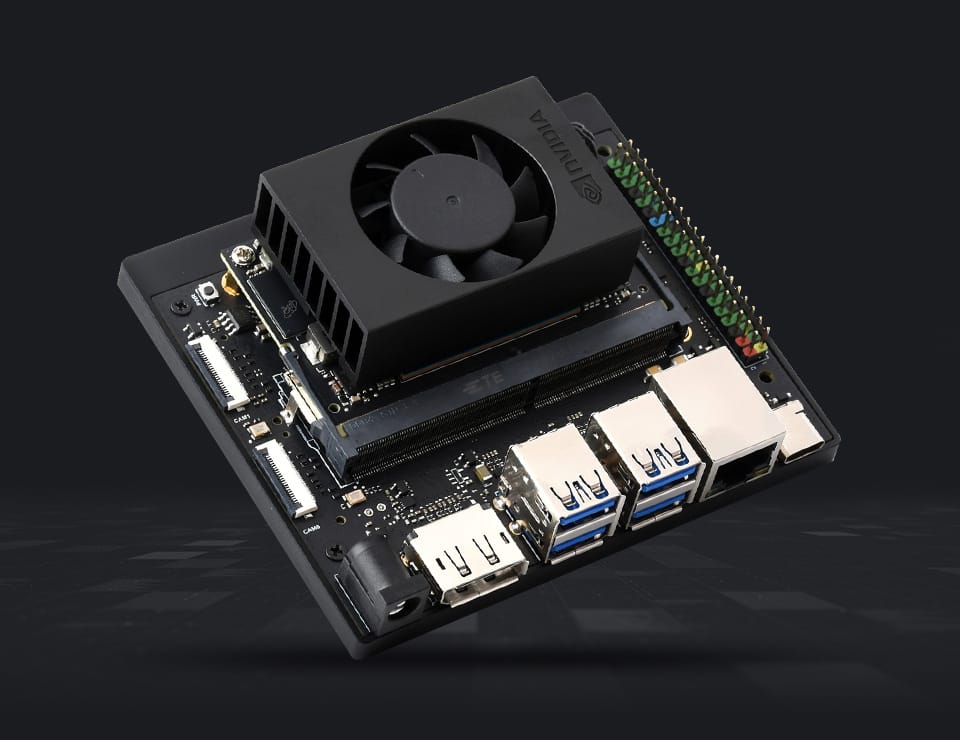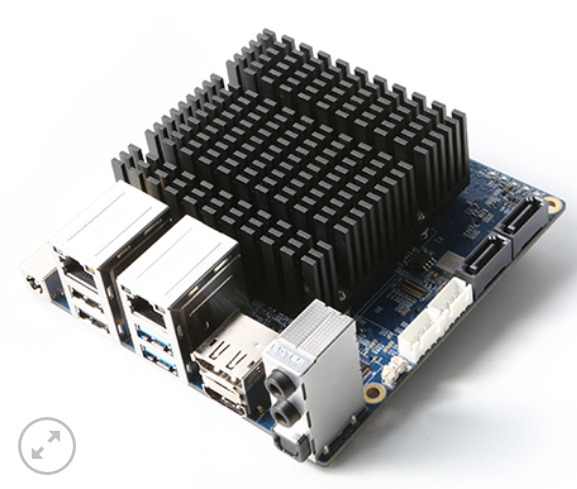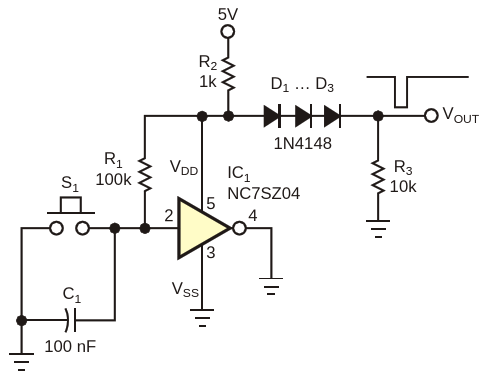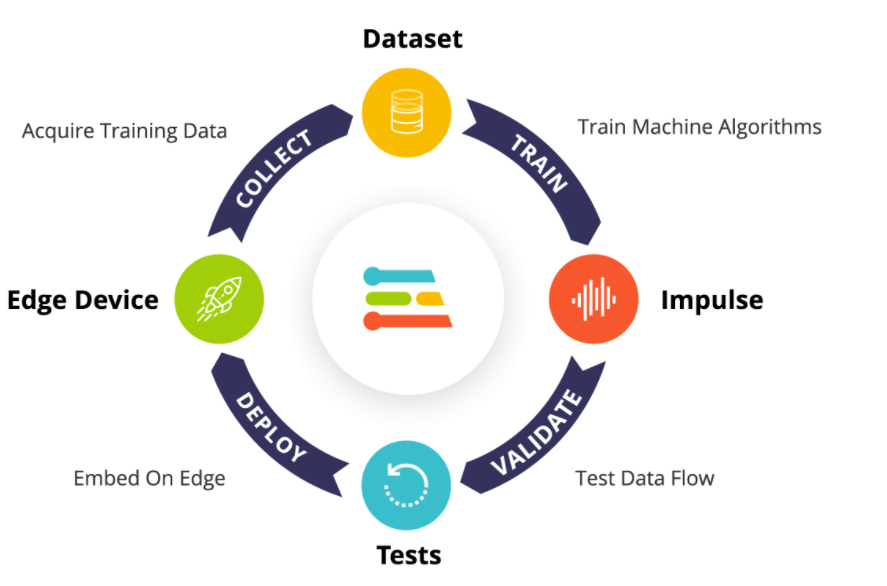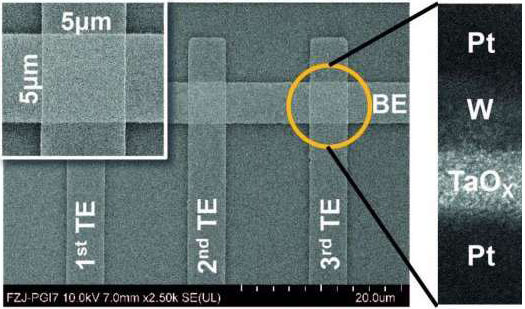
Because data storage and processor are separated from each other, moving data between the storage and the computation unit became a main factor in computing.
Many techniques were developed to speed up this process, such as pipelining, caching, and look-ahead execution, but “ReRAM” appears as a new technique to solve the root of the problem by merging memory and processor together.
Resistive RAM, which known as RRAM or RERAM, is the new generation of memories. Its cells are simpler than classic transistor-based memory cells, they are non-volatile, switch fast and can run from low voltages. Researchers now have managed to make RERAM cells store more than just a ‘0’ or a ‘1’, enabling in-place computations.
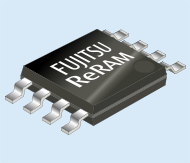 The first small memory devices based on this technology is the MB85AS4MT, that was developed by Fujitsu Semiconductor with Panasonic Semiconductor Solutions. MB85AS4MT is a 4 Mbit ReRAM chip that operates with a supply voltage in the range from 1.65 to 3.6 V and has an SPI interface. One of the stand-out features of this technology is its low operating current, just 0.2 mA, at a maximum read speed of 5 MHz.
The first small memory devices based on this technology is the MB85AS4MT, that was developed by Fujitsu Semiconductor with Panasonic Semiconductor Solutions. MB85AS4MT is a 4 Mbit ReRAM chip that operates with a supply voltage in the range from 1.65 to 3.6 V and has an SPI interface. One of the stand-out features of this technology is its low operating current, just 0.2 mA, at a maximum read speed of 5 MHz.
Using so-called RERAM crossbar arrays, researchers have demonstrated the in-memory execution of binary matrix computations frequently encountered in high-performance computing, algebraic cryptanalysis, combinatorics and finite geometry data, and in general large scale data analysis. Although we are only at the beginning of this technology, the results are already promising.
More mathematical details can be found in this paper.
Source: elektor.





